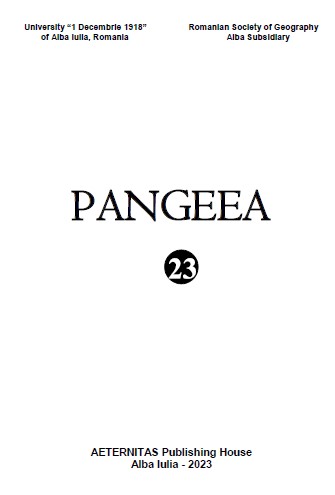RESEARCH AND CASE STUDIES ON WATER LOSSES IN DISTRIBUTION NETWORKS USING GPR AND DRONES WITH THERMAL CAMERAS
RESEARCH AND CASE STUDIES ON WATER LOSSES IN DISTRIBUTION NETWORKS USING GPR AND DRONES WITH THERMAL CAMERAS
Author(s): Alexandru Postăvaru, Catrinel Raluca Giurma-HandleySubject(s): Energy and Environmental Studies, Environmental Geography, Environmental and Energy policy
Published by: Editura Aeternitas
Keywords: best practicesinwater loss control; water leak detection; distribution networks; ground-penetrating radar (GPR); GPS; thermal scanning drone;
Summary/Abstract: The detection of water losses is a topic of great interest world-wide, with a major impact especially in arid areas on the globe. The technologies used to date have been adapted and research and studies are conducted for faster and more efficient methods in detecting underground water losses. By combining two current technologies, infrared scanning and the use of drones, devices have been created to help identify water leaks. It has been found that certain high-resolution infrared cameras could detect from a low height the temperature change that occurs on the ground or asphalt when water is lost in the form of underground leaks. The proposed quadcopter drones would fly short distances and, using GPS technology, pinpoint exactly where a leak has occurred to allow faults to be repaired as soon as possible. For longer distances, an airplane-type drone to which an infrared camera is attached can be used to be piloted along the pipeline routes. The paper comprises a series of cases we actually encountered on site and successfully identified using the GPR and pre-encountered with the thermal cameras and drones. The cases are explained, illustrated with on-site images and have been confirmed by visual inspection in the concerned areas and by other devices on Mobile Laboratory for Loss Detection and by conducting surveys (mechanized excavation) at those specific points. The methods used on site to identify water losses provide good results as a secondary procedure for leak detection.
Journal: PANGEEA
- Issue Year: 23/2023
- Issue No: 23
- Page Range: 5-13
- Page Count: 9
- Language: English

